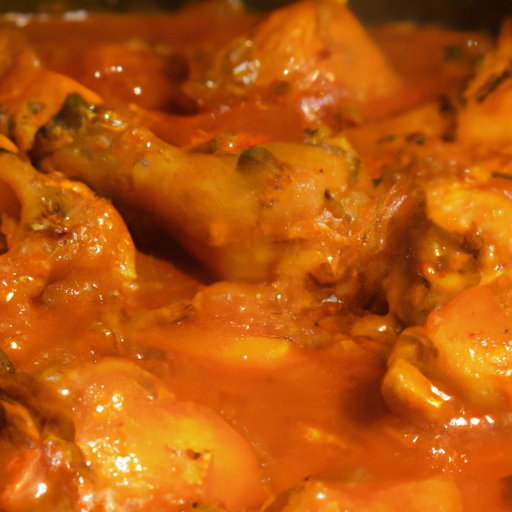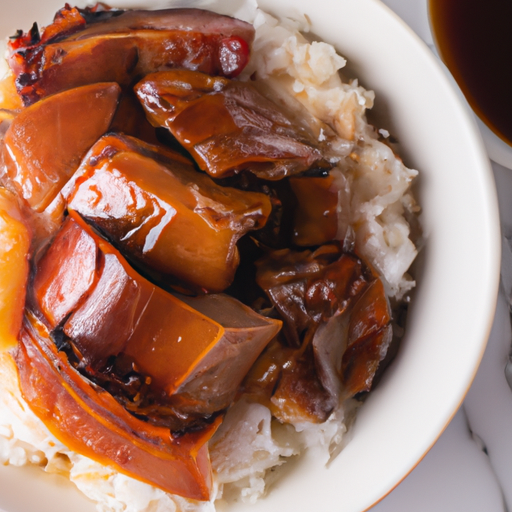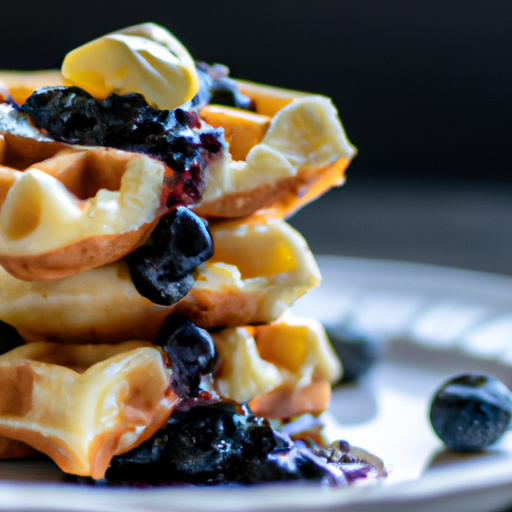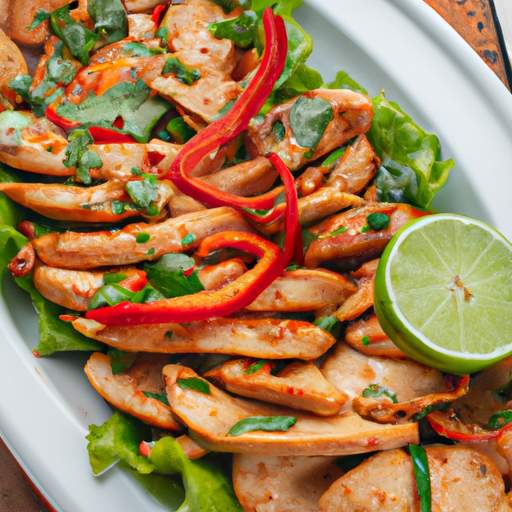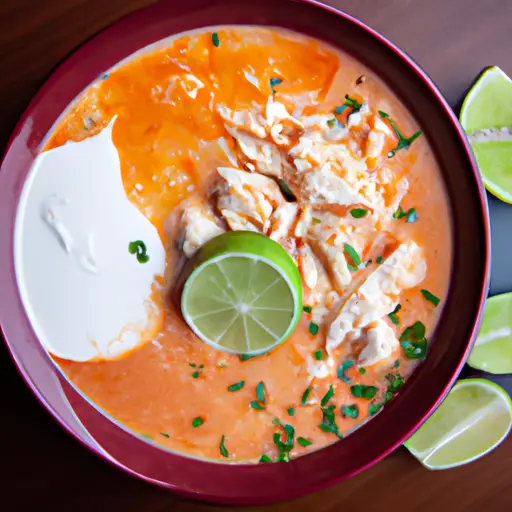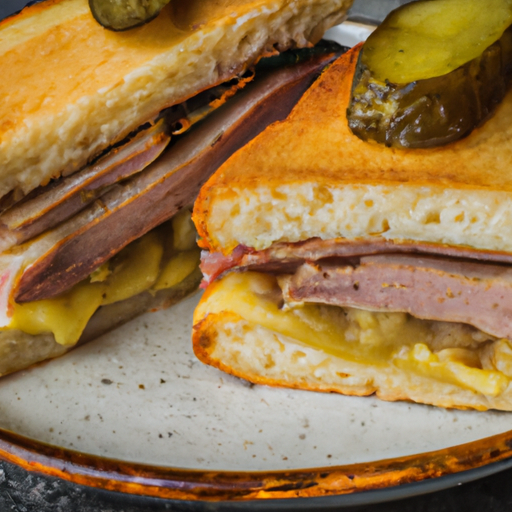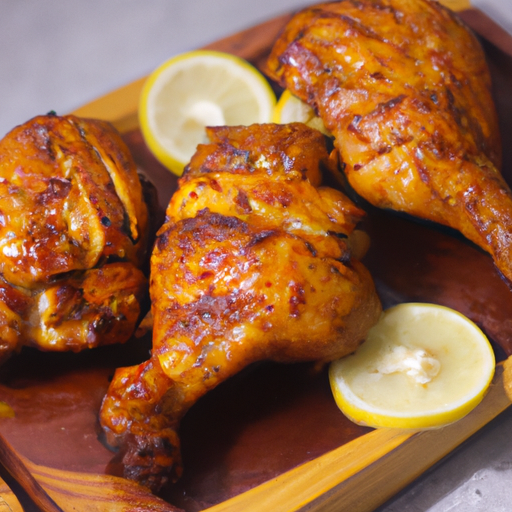Slow Cooker Chicken Tikka Masala
This exploration delves into the flavorful world of slow cooker chicken tikka masala. With its roots in Indian cuisine, the article provides an overview of its history and development.
A comprehensive list of ingredients and instructions are offered to give readers all the information needed to recreate this traditional recipe.
Valuable cooking tips for preparing slow cooker chicken tikka masala are also provided, ensuring a successful and delicious outcome.
History of Indian Cuisine
The history of Indian cuisine extends far back into antiquity, with evidence of its consumption dating back to the Indus Valley Civilization. Through its geographical and cultural diversity, India has developed a unique and diverse food culture that has been shaped by a variety of historical events, such as Persian invasions, the Mughal Empire’s reign, European colonialism, and Southeast Asian trade routes.
These events introduced new ingredients, including spices like cinnamon, cloves, and cardamom, into Indian cooking. Indian cuisine is renowned for its vibrant flavors, created through intricate spice blends and techniques such as tempering or tadka, and is an integral part of India’s cultural identity.
Even today, Indian cuisine continues to evolve, while still retaining its traditional roots.
Ingredients for Slow Cooker Chicken Tikka Masala
-2 pounds boneless, skinless chicken breasts, cubed
-2 tablespoons olive oil
-1 medium onion, diced
-3 cloves garlic, minced
-1 tablespoon grated fresh ginger
-2 teaspoons garam masala
-1 teaspoon ground cumin
-1 teaspoon ground coriander
-1/2 teaspoon ground turmeric
-1 teaspoon cayenne pepper
-1 (14-ounce) can diced tomatoes
-1/2 cup plain Greek yogurt
-1/4 cup heavy cream
-Salt and freshly ground black pepper, to taste
-Cilantro, to garnish
-Cooked basmati rice, for serving
Instructions
To start the cooking process, marinate boneless chicken breasts or thighs in a combination of yogurt and a variety of warm spices such as cumin, coriander, turmeric, cinnamon, cardamom, cloves, and nutmeg. This will give the meat an intense flavor and make it tender and succulent.
Place the marinated chicken in a slow cooker along with diced tomatoes, tomato paste, minced garlic, ginger paste, and onion. Set the slow cooker to low heat and let it cook for 6-8 hours or until the chicken is cooked through and tender.
Finally, add heavy cream to the dish for a more luxurious flavor before serving over steamed basmati rice or with naan bread.
- Marinate chicken in yogurt and warm spices.
- Combine chicken with diced tomatoes, tomato paste, garlic, ginger paste, and onion.
- Cook on low heat for 6-8 hours.
- Stir in heavy cream before serving.
Cooking Tips for Slow Cooker Chicken Tikka Masala
To make flavorful and tender chicken tikka masala in a slow cooker, begin by marinating the poultry with yogurt and warm spices. Then, combine it with diced tomatoes, tomato paste, garlic, ginger paste, and onion. Cook the mixture on low heat for 6-8 hours, and stir in heavy cream before serving to ensure that the flavors of the spices penetrate the chicken while it cooks slowly for a melt-in-your-mouth texture.
For an extra layer of flavor, consider adding additional ingredients such as garam masala or fenugreek leaves to your slow cooker chicken tikka masala. Moreover, adjust the spiciness by adding or reducing the amount of chili powder or red pepper flakes.
For reference, here is a table showcasing some common variations of ingredient quantities that can be used in slow cooker chicken tikka masala:
| Ingredient | Variation 1 | Variation 2 | Variation 3 | Variation 4 |
|---|---|---|---|---|
| Chicken | 1.5 lbs | 2 lbs | 2.5 lbs | 3 lbs |
| Yogurt | 1/2 cup | 3/4 cup | 1 cup | 1 and 1/4 cups |
| Tomato Paste | 2 tbsp | 3 tbsp | 4 tbsp | 5 tbsp |
| Garlic | 3 cloves | 4 cloves | 5 cloves |
Final Thoughts
At the end of the day, it is essential to take into account variations in ingredient measurements and additional seasonings when making slow cooker chicken tikka masala.
The success of this dish relies on the balance of spices and the tenderness of the chicken. Trying out different amounts of spices such as garam masala, cumin, coriander, and turmeric can produce unique flavors to suit personal tastes.
Additionally, incorporating ingredients like yogurt or cream can elevate the creaminess and richness of the sauce. It is also notable that marinating the chicken beforehand helps infuse it with flavor and soften it further.
Moreover, adjusting cooking times based on personal preferences for meat tenderness guarantees a satisfactory outcome.
Frequently Asked Questions
Can I Substitute Chicken With Another Protein in This Recipe?
Substituting chicken with another protein in a recipe is possible depending on personal preferences and dietary restrictions. However, it may alter the taste, texture, and overall outcome of the dish. Experimentation is recommended for desired results.
How Long Does It Take to Marinate the Chicken Before Cooking?
The marination time required for cooking chicken varies depending on the recipe. It is important to follow the specific instructions provided in order to achieve the desired flavor and tenderness of the meat.
Can I Use Store-Bought Tikka Masala Sauce Instead of Making It From Scratch?
Using store-bought tikka masala sauce instead of making it from scratch is a common practice among home cooks. It saves time and effort, providing convenience without compromising the overall flavor and quality of the dish.
Is It Possible to Make This Recipe Vegetarian?
It is possible to make the recipe vegetarian by substituting chicken with plant-based protein such as tofu or paneer. The flavors can be maintained by using a combination of spices, yogurt, and tomatoes.
Can I Freeze the Leftovers of Slow Cooker Chicken Tikka Masala?
Freezing leftovers is a common practice to extend the shelf life of cooked food. However, the success of freezing Slow Cooker Chicken Tikka Masala depends on factors such as ingredients and storage conditions.
